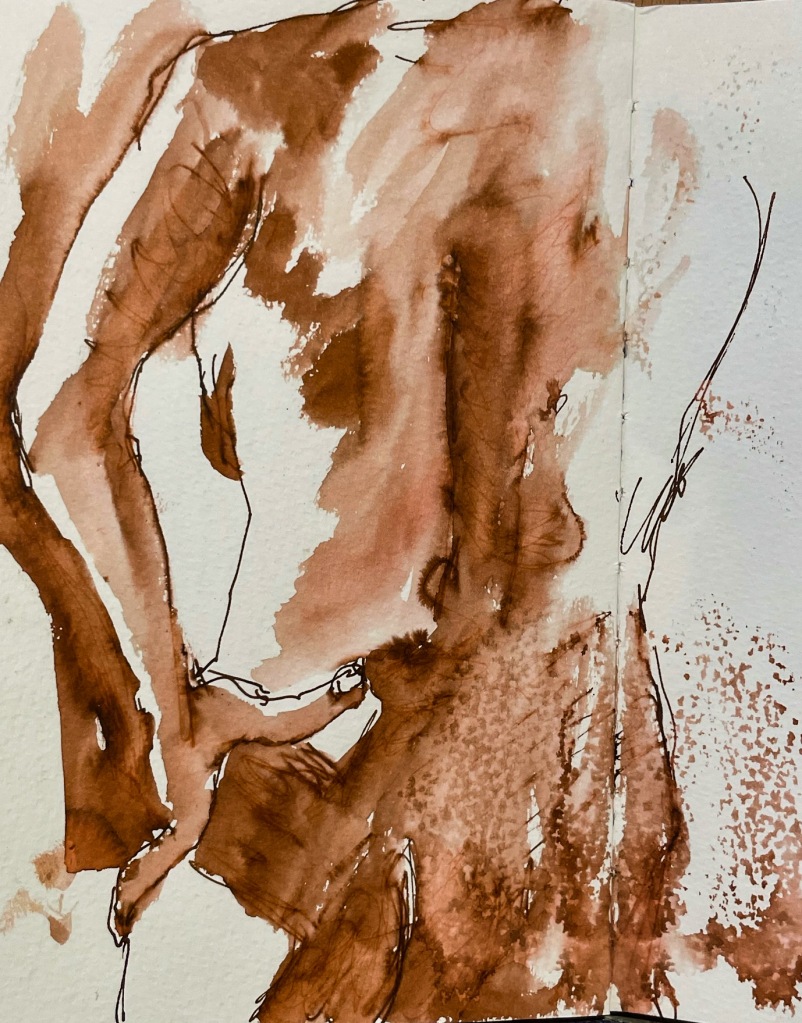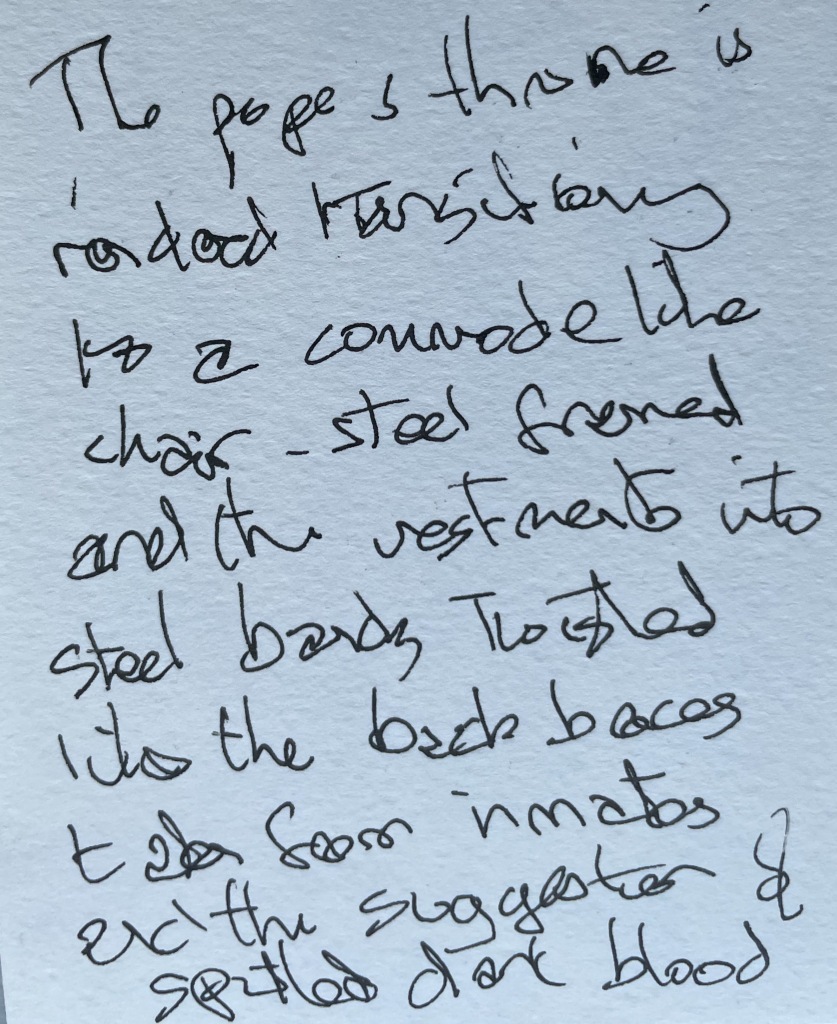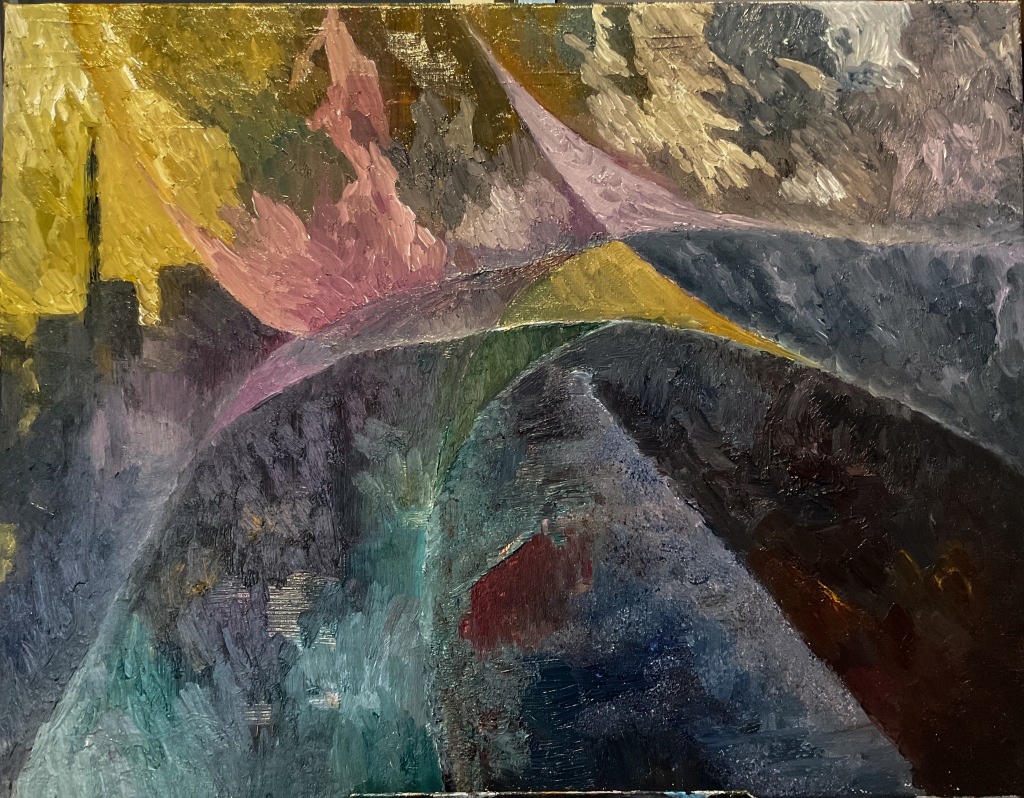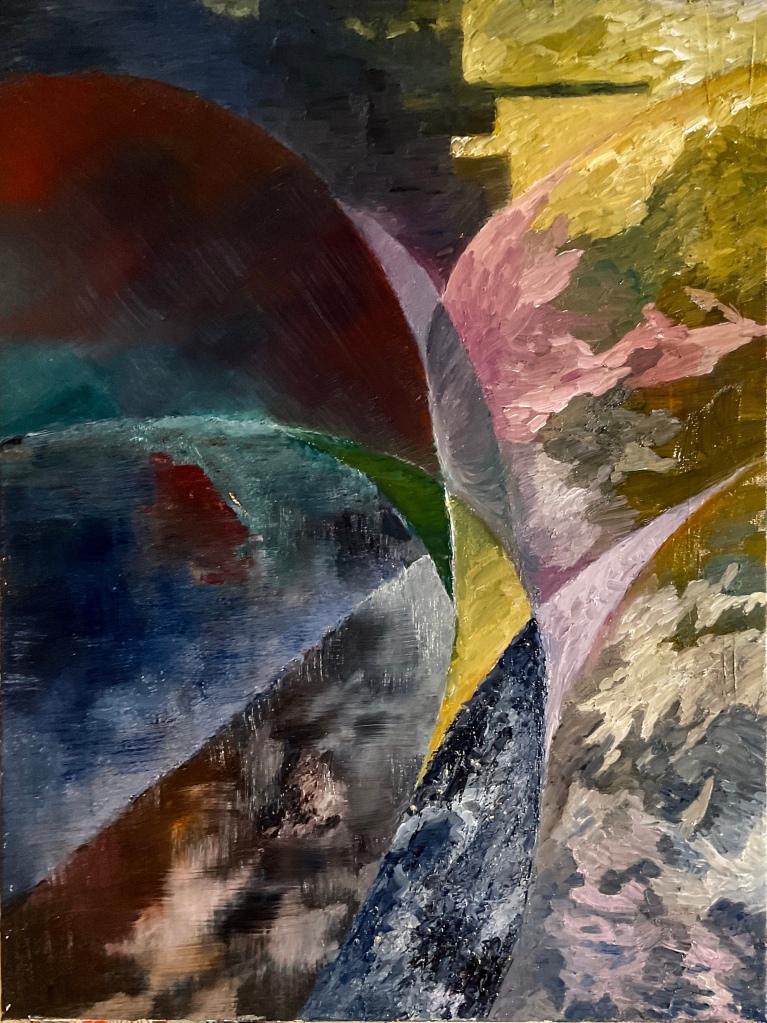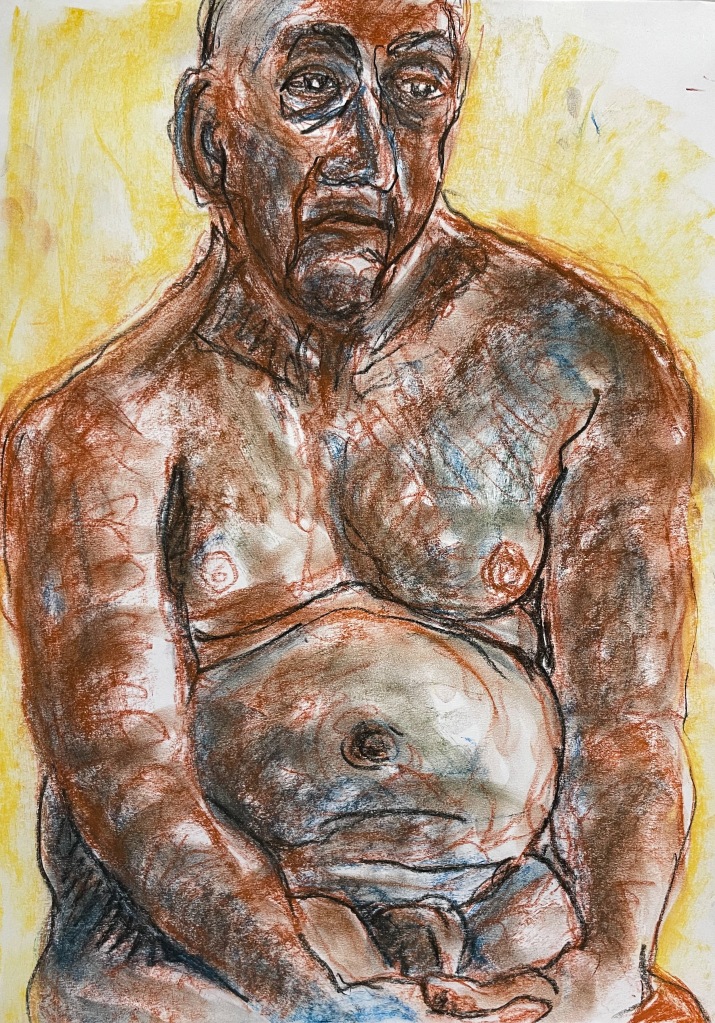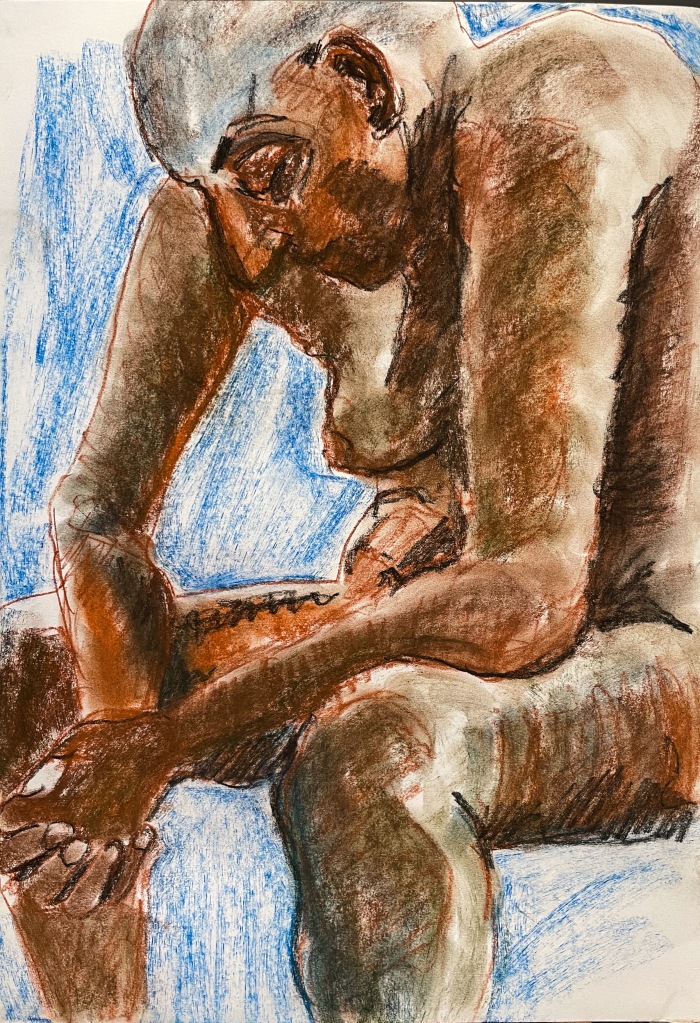Monthly Archives: June 2022
May Lilith haunt the dreams of judges and Hekate light our road
The current exhibition at the British Museum brings together “sculptures, sacred objects and artworks” across time and place exploring a question, framed by classicist Mary Beard as “How do you represent feminine power or desire in material form?”
I cannot post these sketches from the exhibition without saying this. Yesterday, the Supreme Court of the United States of America overturned a decades old ruling on privacy that had defended women’s right to choose with respect to abortion. This horrifying misogynistic attack will coerce, control, incarcerate and kill women across the USA. This assault on women is of a piece with world-wide assaults on bodily autonomy, for example the increasing exclusion of trans people from affirming health care and civil society, and a rise in violent homophobia. As we increasingly celebrate diversity and fluidity in ourselves and others with regard to gender and sexuality, the reaction is to police our behaviour and expression within narrowly defined limits. These are spear points to fracture and exhaust us, and distract us, so we stumble down a road leading to fascism.
The female form has been exploited across time and six continents as a vehicle to express ideas about our very nature as evolved, natural, thinking, creative, social, hierarchical and transgressive beings.
The exhibition takes six themes: Creation and Nature, Passion and Desire, Magic and Malice, Justice and Defence, Compassion and Salvation.
Passion and desire are driving forces, in manifestations extending from lust, ecstasy, rage, wisdom and conquest. It is a transgressive disrupting force and can be a glue holding together relationships and society. The 1994 sculpture “Lilith: the first woman” by Kiki Smith shows Adam’s first wife, expelled from Paradise for desiring sexual dominance, crouching on a vertical surface above our heads. My little drawings, attempted twice, did not capture the majesty of this bronze figure. May Lilith haunt the dreams of the justices.
Monstrous women, demon goddesses, witches sit both at the fringes of society and at its heart, independent, aggressive, protective, vengeful, wise. The Roman god Hekate symbolises transition, gazing at three pathways. She is light in darkness. May we choose well our future direction.

Bacon
Left handed sketches from April.
Francis Bacon “Study for a Portrait” 1953 oil on canvas. Pen sketch at the Royal Academy “Man and Beast” exhibition.

“Pope I” 1951 oil on canvas – a reworking of Velazquez’ “Portrait of Pope Innocent X” c1650.
Tracks
This started with a 15 minute sketch on Reading Station and a certain mood.
This was the sequence of painting, starting with the varying opacity seen through the canvas made by the initial acrylic white layer priming the canvas.
Then building in shapes taken from the platform, rails and evening sky in water-miscible oils.
Was this the point I should have stopped? It seemed too muted.




